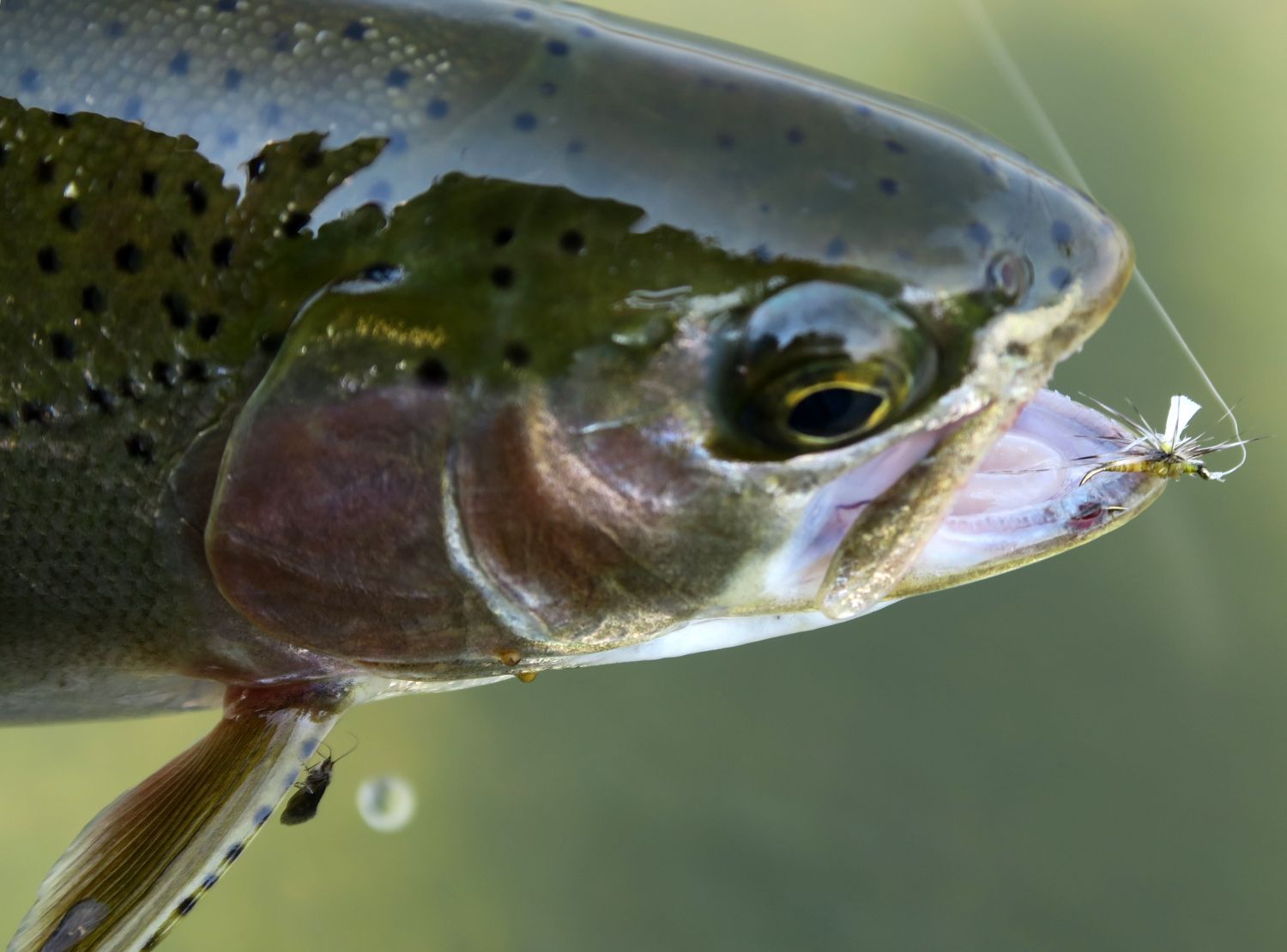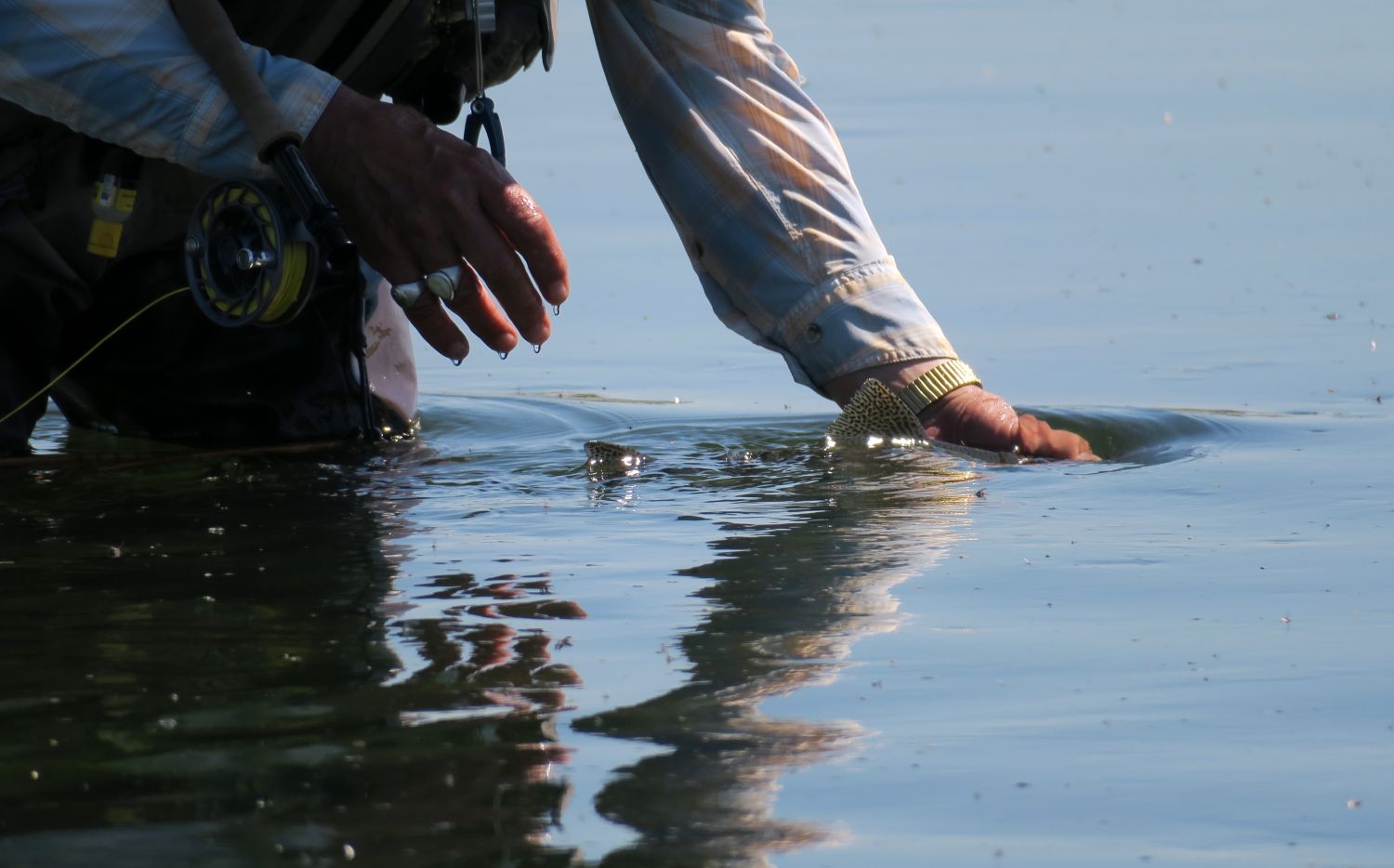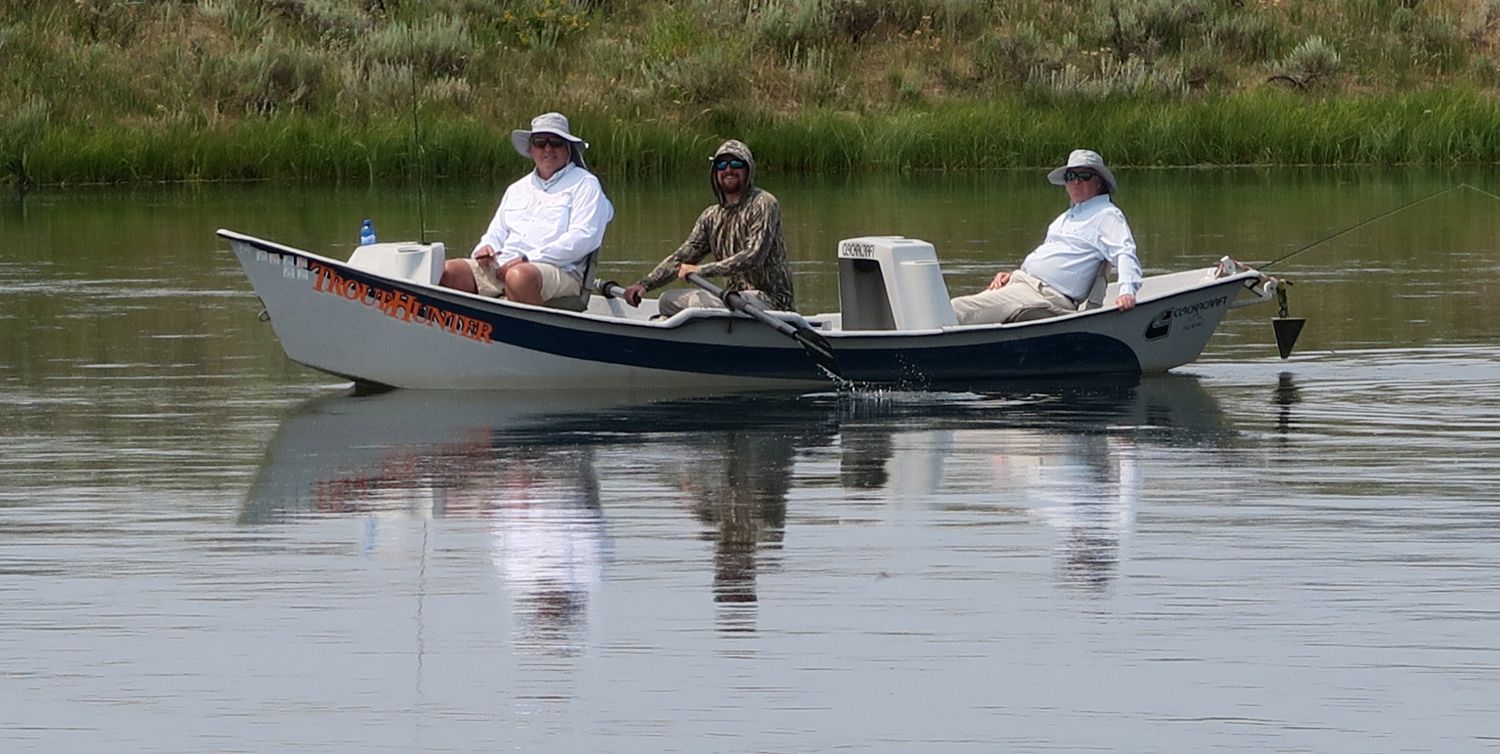With a hard frost virtually certain in every month of the year and a vagrant snow storm equally likely, summer at high elevation in Henry’s Fork country is known to be pathetically short. With that in mind, the weather pattern through half of June and all of July could not be more contrary to that common perception.
Daytime temperatures averaging close to ten degrees above normal and not enough precipitation to merit mention have produced conditions typical of August for more than six weeks prior to the arrival of that hot and dry month. But while certain disruptions associated with those weather conditions have existed, the quality of fishing has remained remarkably high on the Fork.
Elevated demand for agricultural needs has resulted in higher water levels than would normally occur at that point in the year. This lies in contrast to numerous other western trout fisheries that have experienced just the opposite.
Low flows and dangerously high-water temperature have forced restrictions that include closure to fishing on several rivers in Idaho, Montana, and Wyoming. On the Henry’s Fork, however, convenient wading access is the main casualty with water well upon the banks and cool enough to protect resident trout.
In the interest of comfort and safety, a long walk into and out of Harriman is best undertaken an hour or so earlier than usual when mid-day temperature can approach ninety degrees. This timing also accommodates earlier insect activity in mornings as well as a proportionately early termination of rising activity in the heat of the day. River guides will be found responding similarly to these same factors when a fishing excursion turns to just a sweaty boat ride well before five p.m.
While fishing is now concentrated into the earlier and later hours of the day, most who have endured the extended heat spell have not been disappointed by the opportunities found in the Ranch and water adjacent to the State Park.
The Green, Brown, and Gray Drakes made timely appearance, with the latter continuing to add diversity to the summer hatch menu. We have likely seen the last of excellent Flav hatches but PMDs remain reliable as both spinner and duns on most days. Callibaetis and the first Tricos of the year are consistent with expectations for late summer dry fly action. The same applies to a number of caddis species, with the little brown variety being of particular interest.
Terrestrials and August are synonymous on the Henry’s Fork and with the drying of streamside vegetation the number of land-based insects are beginning to swell. Ants, beetles, and hoppers represent some of the most attractive items of interest to trout seeking an alternative to the progressively smaller aquatic organisms.

.JPG)


